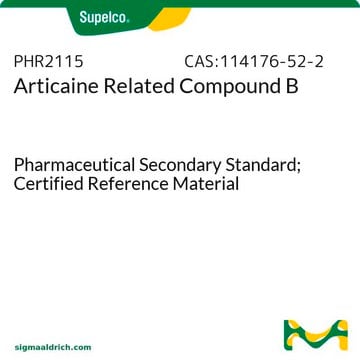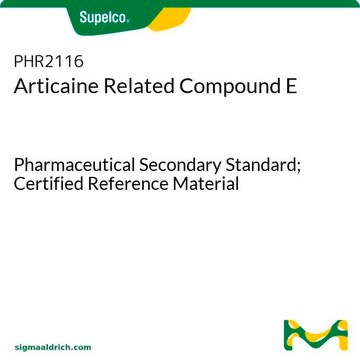W230804
Citronella oil, Chinese 85/35
FG
Synonym(s):
Citronella grass oil, Cymbopogon winterianus
Sign Into View Organizational & Contract Pricing
All Photos(1)
About This Item
Recommended Products
grade
FG
Kosher
reg. compliance
EU Regulation 1334/2008 & 178/2002
FDA 21 CFR 117
refractive index
n20/D 1.485 (lit.)
bp
222 °C (lit.)
density
0.897 g/mL at 25 °C (lit.)
application(s)
flavors and fragrances
Documentation
see Safety & Documentation for available documents
food allergen
no known allergens
Organoleptic
lemon
Looking for similar products? Visit Product Comparison Guide
Preparation Note
Extraction method: steam distillation
Choose from one of the most recent versions:
Already Own This Product?
Find documentation for the products that you have recently purchased in the Document Library.
Günter C Müller et al.
Journal of the American Mosquito Control Association, 24(1), 154-160 (2008-04-29)
The first goal of this study was to compare the degree of personal protection against biting insects provided by geraniol, linalool, and citronella candle (5%) vapors outdoors, where such products are commonly used. At a distance of 1.0 m, citronella
M M Miró Specos et al.
Transactions of the Royal Society of Tropical Medicine and Hygiene, 104(10), 653-658 (2010-08-03)
Microcapsules containing citronella essential oil were prepared by complex coacervation and applied to cotton textiles in order to study the repellent efficacy of the obtained fabrics. Citronella released from treated textiles was indirectly monitored by the extractable content of its
Tracy M Katz et al.
Journal of the American Academy of Dermatology, 58(5), 865-871 (2008-02-15)
Arthropod bites remain a major cause of patient morbidity. These bites can cause local or systemic effects that may be infectious or inflammatory in nature. Arthropods, notably insects and arachnids, are vectors of potentially serious ailments including malaria, West Nile
Kyu-Sik Chang et al.
Pest management science, 62(11), 1032-1038 (2006-08-09)
Patch and skin bioassays were used in laboratory and indoor tests to evaluate the repellency of (E)-cinnamaldehyde, identified in Cinnamomum cassia Blume bark and essential oil, and a cream containing 5% (w/w) cassia oil against Aedes aegypti (L.) females. Results
Sonali Sinha et al.
Journal of ethnopharmacology, 137(3), 1521-1527 (2011-09-08)
Essential oils of palmarosa and citronella have been extensively used in ancient Indian and South-east Asian traditional medicines. These essential oils have been reported to exhibit antimicrobial, anti parasitic effects against bacteria, yeasts, filamentous fungi, and viruses. In the present
Our team of scientists has experience in all areas of research including Life Science, Material Science, Chemical Synthesis, Chromatography, Analytical and many others.
Contact Technical Service






